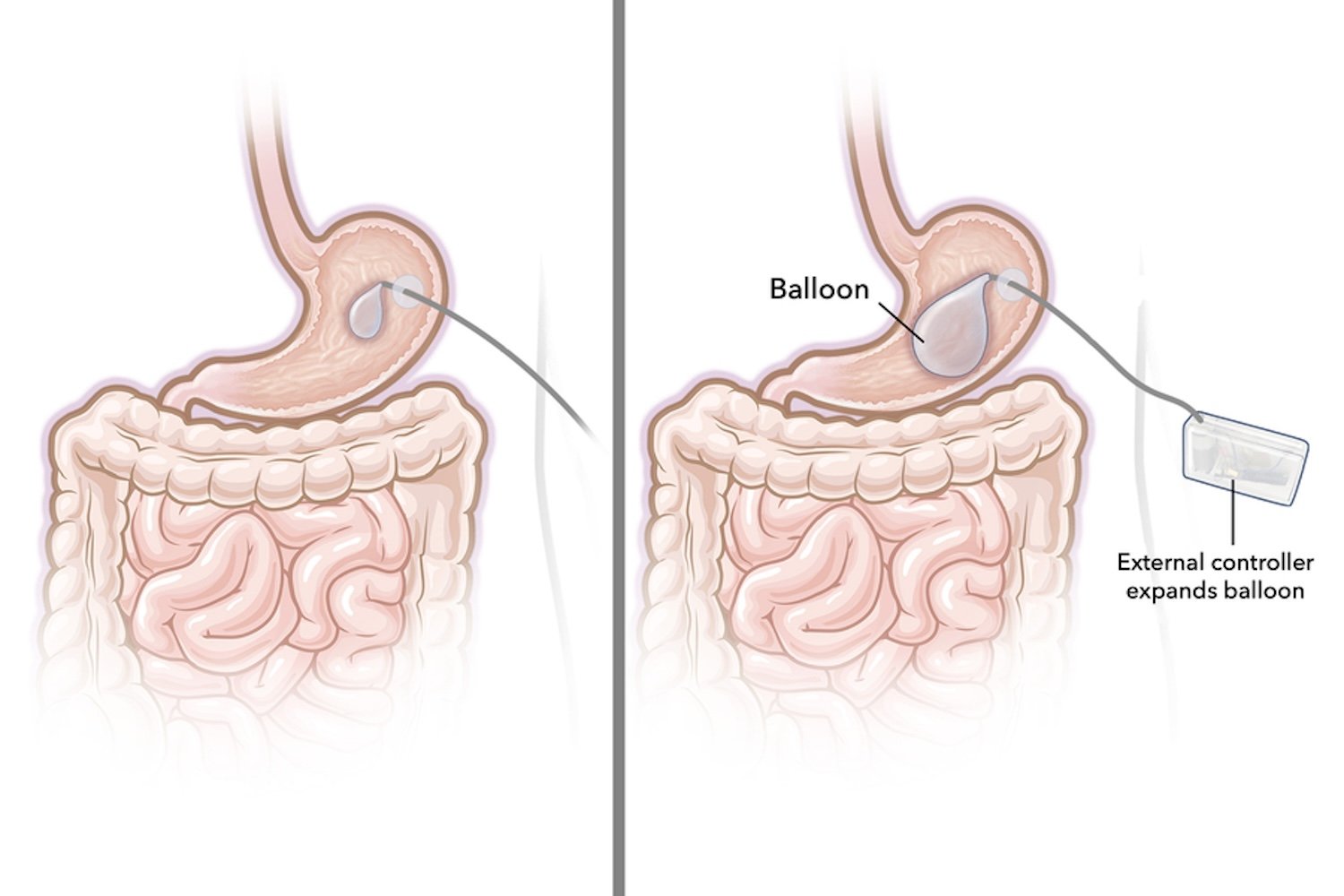The Republican party’s forthcoming budget reconciliation bill, dubbed President Donald Trump’s “One Big Beautiful Bill,” carries a severe potential cost. A new study released today indicates that the Medicaid cuts proposed within the bill could trigger significant healthcare disruptions, potentially leading to thousands of additional preventable deaths each year. This Medicaid cuts impact study highlights grave concerns.
Understanding the “One Big Beautiful Bill” and Proposed Medicaid Reductions
Researchers from Harvard University and other institutions conducted the study, analyzing the health ramifications of six GOP-proposed Medicaid cuts, some of which are included in the current legislative draft. Their estimations suggest the bill, in its entirety, could cause millions to lose their primary care physicians and contribute to over 16,000 additional American deaths annually. The researchers warn that, far from ensuring national prosperity, the bill’s provisions are structured to further enrich the wealthy at the expense of the poor and vulnerable.
The “One Big Beautiful Bill” Act aims to extend the 2017 tax cuts enacted during Trump’s first term and implement many of the administration’s other priorities. The nickname originated from Trump’s desire to accomplish these objectives in a single piece of legislation, a shift from the GOP’s original plan for several bills. To compensate for the sustained loss of tax revenue and cover new expenditures, including increased defense spending, Republicans have pledged cuts to various government-funded programs, with a particular focus on Medicaid.
The research team scrutinized the six largest Medicaid cuts proposed by the U.S. House of Representatives’ Budget Committee (led by the GOP) earlier this year. Each of these proposals is estimated to reduce Medicaid spending by at least $100 billion over a decade. They also analyzed the version of the bill advanced by the House Budget Committee in May. This version incorporated three key proposals: implementing work requirements for nondisabled adults, delaying Biden-era regulations designed to simplify Medicaid eligibility and maintenance, and freezing Medicaid provider taxes, which states use to fund their Medicaid programs. Smaller cuts proposed in the current bill, such as increasing cost-sharing for some enrollees, were also part of their analysis.
Key Findings: The Human Cost of Slashing Medicaid
The Congressional Budget Office (CBO) has previously estimated that the bill will remove approximately 10 million Americans from Medicaid by 2034, resulting in 7.6 million individuals having no health insurance at all. Drawing on past research demonstrating how loss of coverage affects healthcare outcomes, the study’s authors then projected the toll of the bill’s Medicaid cuts on American health.
Under the most probable scenario, they calculated that 1.9 million Americans would lose their primary care doctor. Furthermore, 1.3 million people would likely avoid taking necessary medications, 1.2 million would incur medical debt, and nearly 400,000 women would skip their recommended mammograms. Annually, these cuts are projected to contribute to 16,642 preventable deaths, with estimates ranging from a minimum of 8,241 deaths to as many as 24,604 per year.
Expert Concerns and Wider Implications
“The Medicaid cuts now under consideration in Congress would take healthcare from millions of Americans and cause thousands of medically-preventable deaths, all to cover the cost of tax cuts that mostly benefit the well-to-do,” lead author Adam Gaffney, a critical care physician, public health researcher, and assistant professor at Harvard Medical School, communicated to maagx.com.
The team’s findings were published on Monday in the Annals of Internal Medicine.
The researchers caution that even these figures might underestimate the full extent of harm from the “One Big Beautiful Bill.” Their analysis did not include other, less direct consequences of the Medicaid cuts, such as states reallocating funds from other essential programs to cover the shortfalls created by the bill. A separate estimate released earlier this month by Yale and University of Pennsylvania researchers suggested the bill could potentially lead to over 50,000 deaths annually. It is also possible that the bill may undergo further revisions before it is finalized and signed into law.
Conclusion: A Grim Outlook for Public Health
Regardless of potential revisions, it is evident that the current plan to curtail healthcare access for millions of people will have severe consequences, including loss of life. That these outcomes may arise in service of policies that transfer more wealth to the wealthiest Americans, while potentially increasing the federal debt, adds a layer of bitter irony to the projected suffering. “If Congress passes this law, it is saying quite clearly that the health and the lives of the poor matter less than the bank balances of the wealthy,” Gaffney stated.











